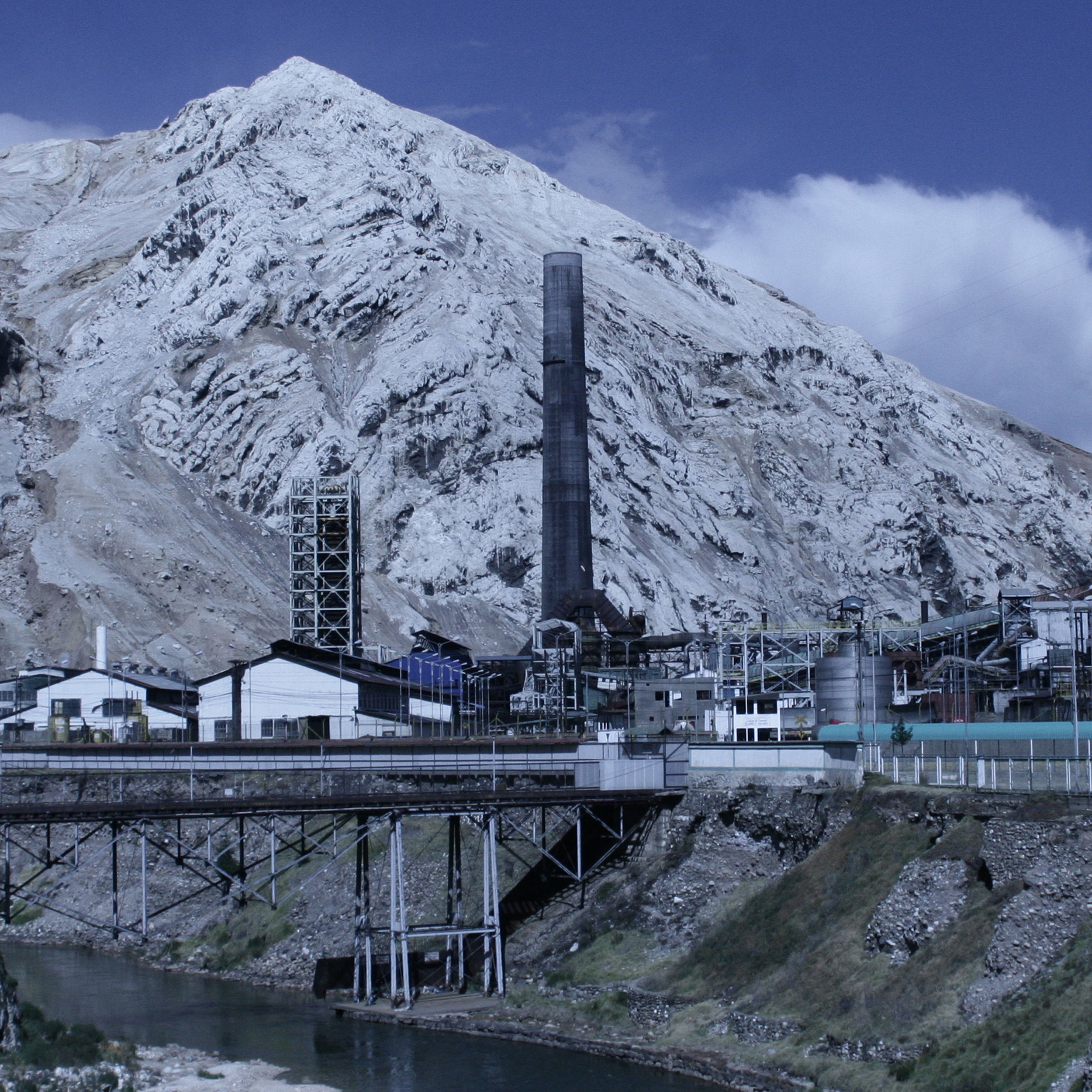
Latin America Professional Award 2025 Shortlist
The history of La Oroya, Peru, is marked by decades of environmental pollution generated mainly by the industrial activities of the city's smelter and copper mine, and its impact on human health. For many years, La Oroya was considered the fifth most polluted city on the planet, with critical levels of sulphur dioxide, lead, cadmium and arsenic in the air. Studies in 1999 indicated that 99 per cent of the children in the city had high levels of lead in their blood, which causes neurological damage and chronic disease and, in adults, cardiovascular problems and cancer. Despite interventions from the Peruvian government and the Inter-American Court of Human Rights, official figures reveal that this plant continues to emit levels of sulphur dioxide well above those recommended by the World Health Organisation.
Carlos Venegas is a 42-year-old Chilean professional photographer and public administrator, specializing in documentary photography. His work explores themes such as environmental conflicts, territorial identity, and aging, aiming to capture the essence of both place and people. In parallel, he works in the social sector as a Public Administrator, allowing him to connect with communities through two complementary lenses: public management and visual documentation. Between 2017 and 2024, he remained away from photography. In early 2025, he resumed this process of observation and documentation, reaffirming his commitment to visual storytelling. His work has been exhibited in venues such as Estación Mapocho and Sala Punta Ángeles in Valparaíso, and published in photography-focused media. In March 2025, he was selected as a finalist in the Latin America Professional Award category of the Sony World Photography Awards, within the Environment category, with a documentary photography project about La Oroya, in Peru—a place considered by the WHO to be one of the five most polluted on the planet due to mining and smelting activities.
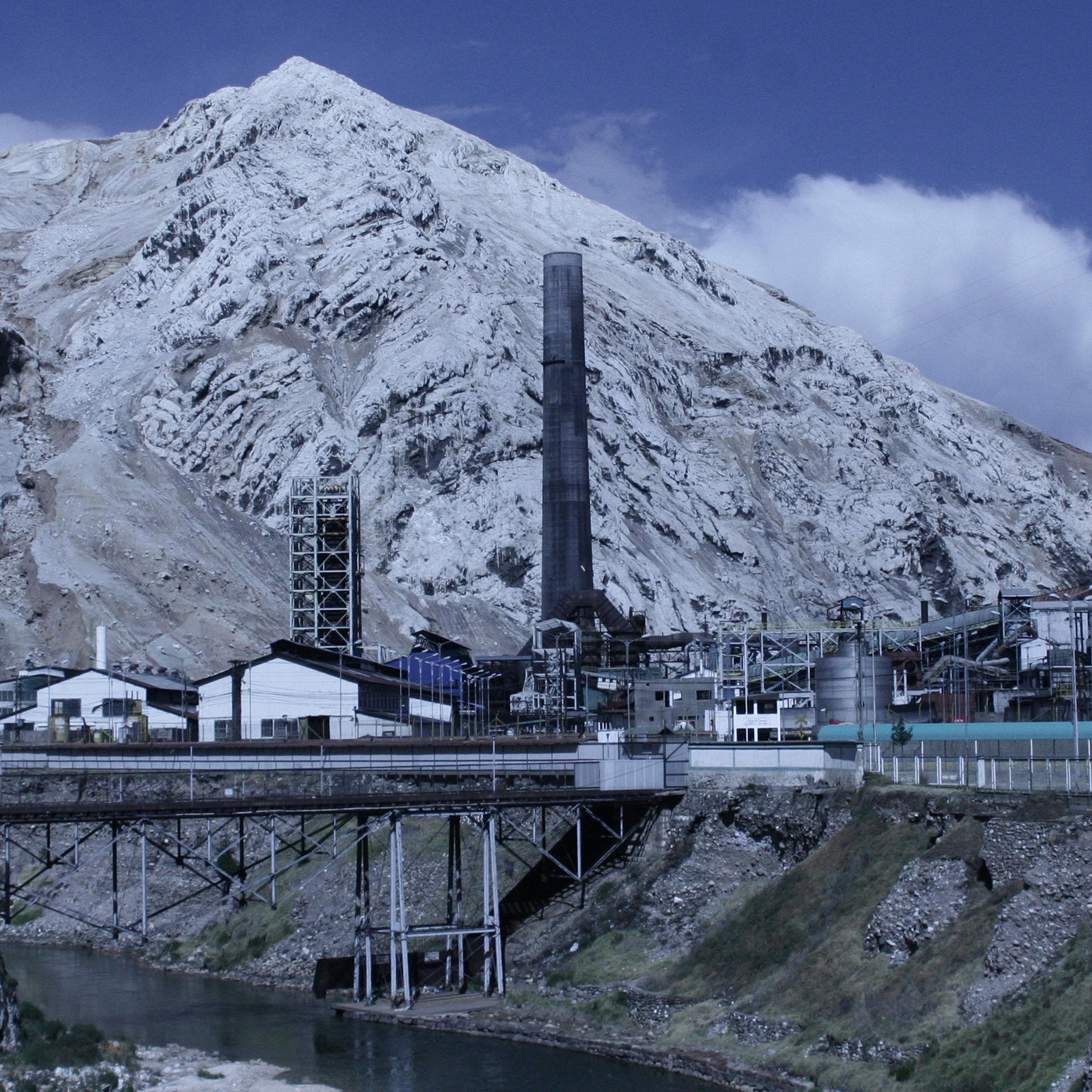
La Oroya is located in the central region of Peru, at an altitude of around 3,750 metres above sea level. Pollution from the city’s copper mine and smelting plant has not only directly impacted the health of its residents, but heavy metal contamination in the Mantaro River has also affected local agriculture and fishing. Over the years, many of La Oroya’s residents have decided to migrate from the city to escape the pollution.
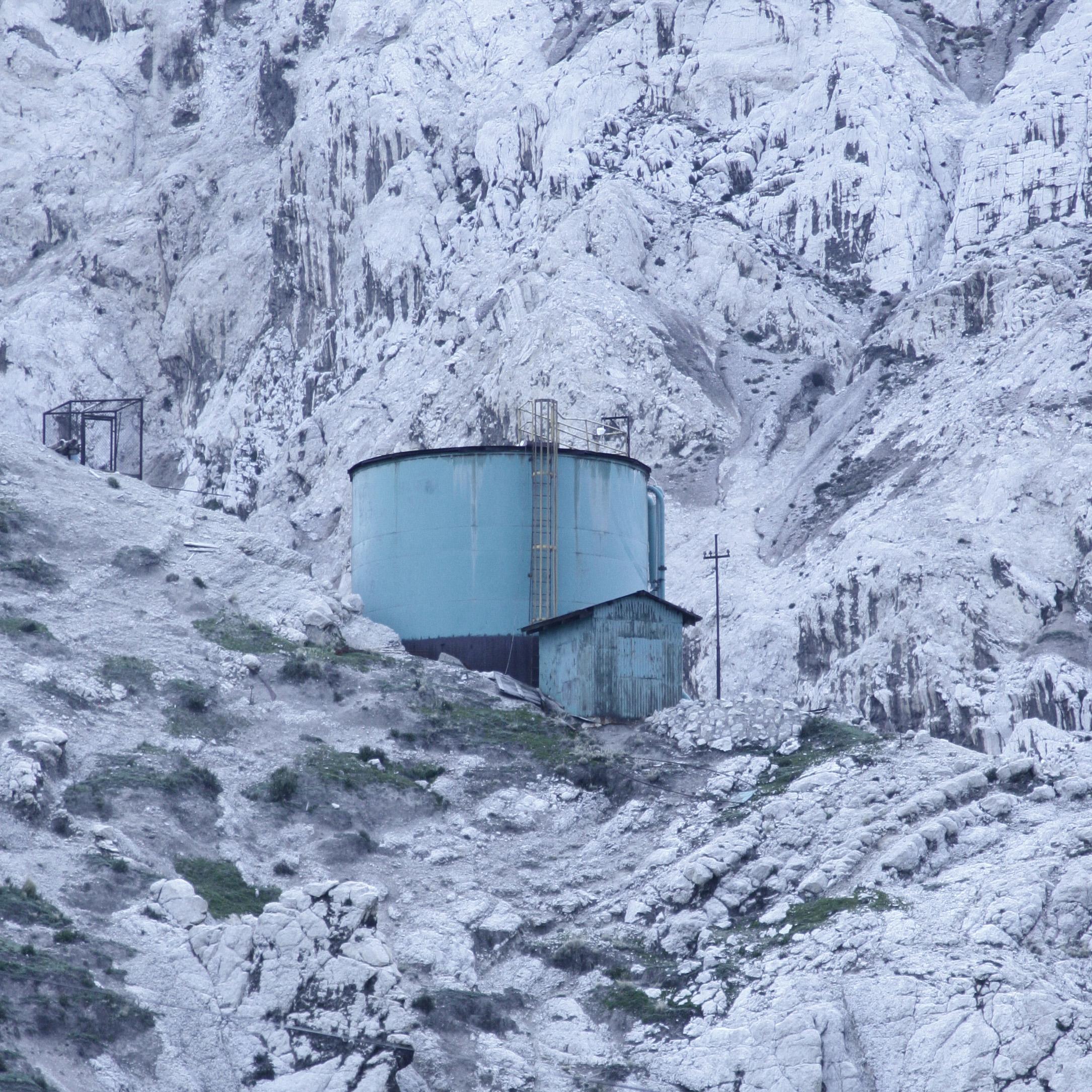
La Oroya is located in the central region of Peru, at an altitude of around 3,750 metres above sea level. Pollution from the city’s copper mine and smelting plant has not only directly impacted the health of its residents, but heavy metal contamination in the Mantaro River has also affected local agriculture and fishing. Over the years, many of La Oroya’s residents have decided to migrate from the city to escape the pollution.
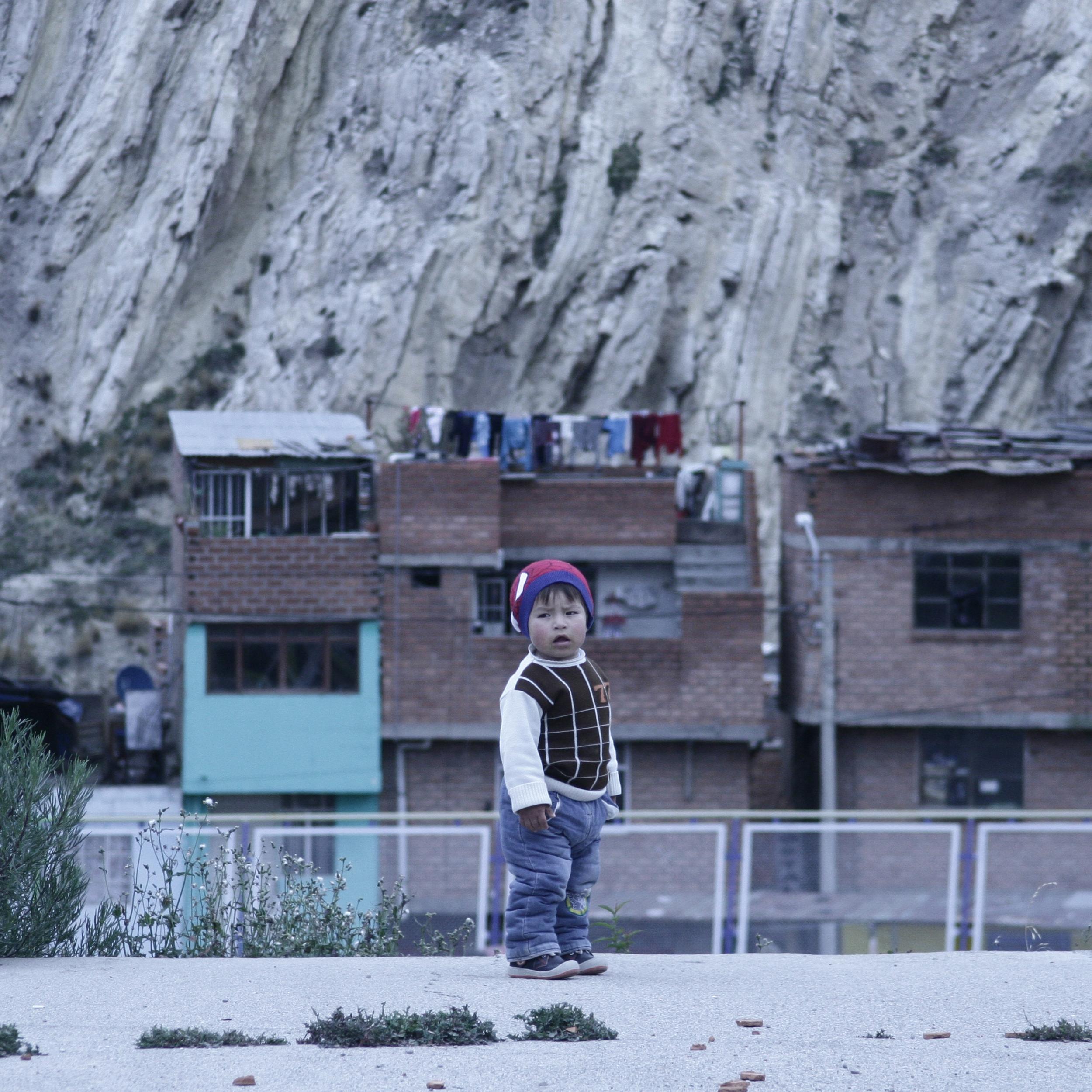
La Oroya is located in the central region of Peru, at an altitude of around 3,750 metres above sea level. Pollution from the city’s copper mine and smelting plant has not only directly impacted the health of its residents, but heavy metal contamination in the Mantaro River has also affected local agriculture and fishing. Over the years, many of La Oroya’s residents have decided to migrate from the city to escape the pollution.
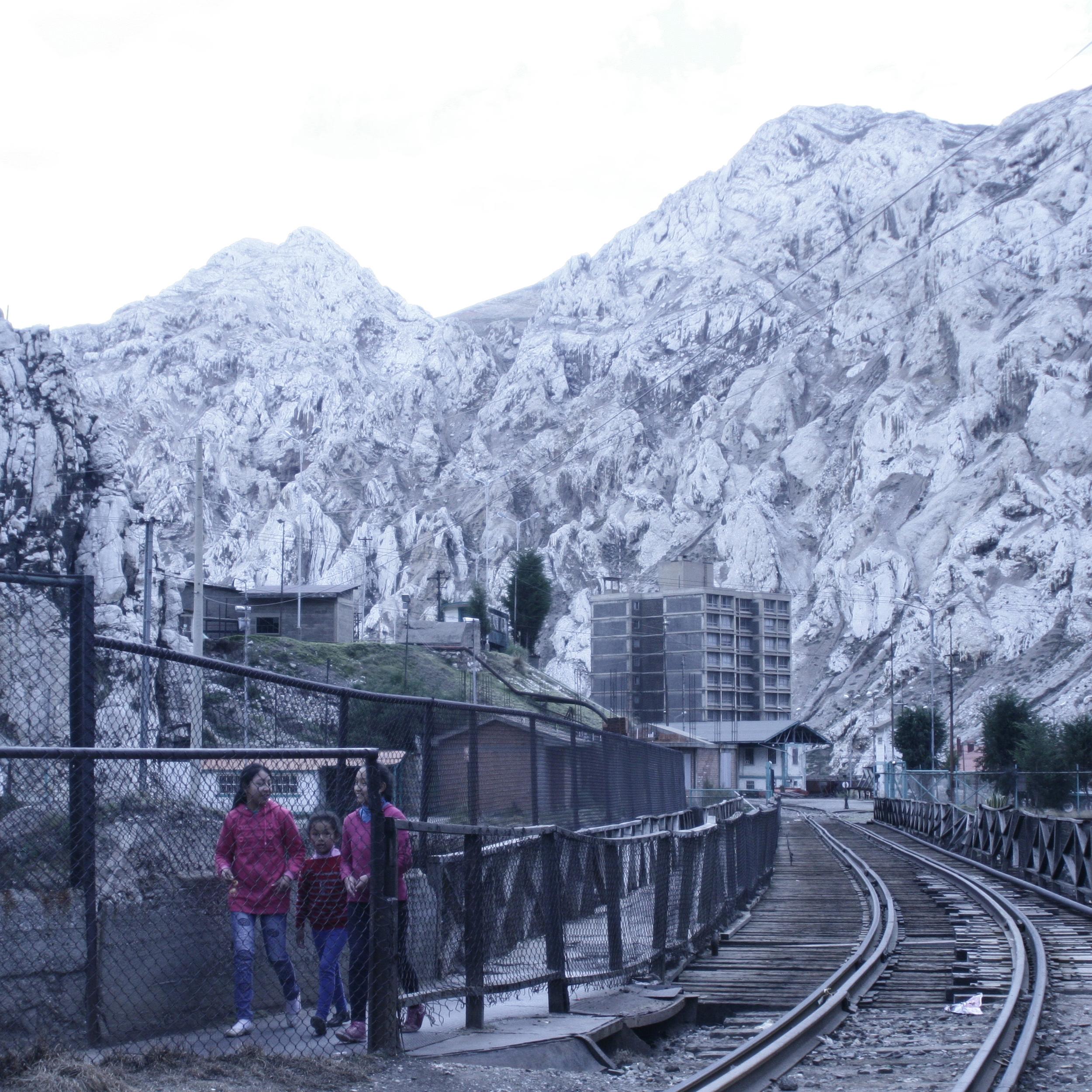
La Oroya is located in the central region of Peru, at an altitude of around 3,750 metres above sea level. Pollution from the city’s copper mine and smelting plant has not only directly impacted the health of its residents, but heavy metal contamination in the Mantaro River has also affected local agriculture and fishing. Over the years, many of La Oroya’s residents have decided to migrate from the city to escape the pollution.

La Oroya is located in the central region of Peru, at an altitude of around 3,750 metres above sea level. Pollution from the city’s copper mine and smelting plant has not only directly impacted the health of its residents, but heavy metal contamination in the Mantaro River has also affected local agriculture and fishing. Over the years, many of La Oroya’s residents have decided to migrate from the city to escape the pollution.
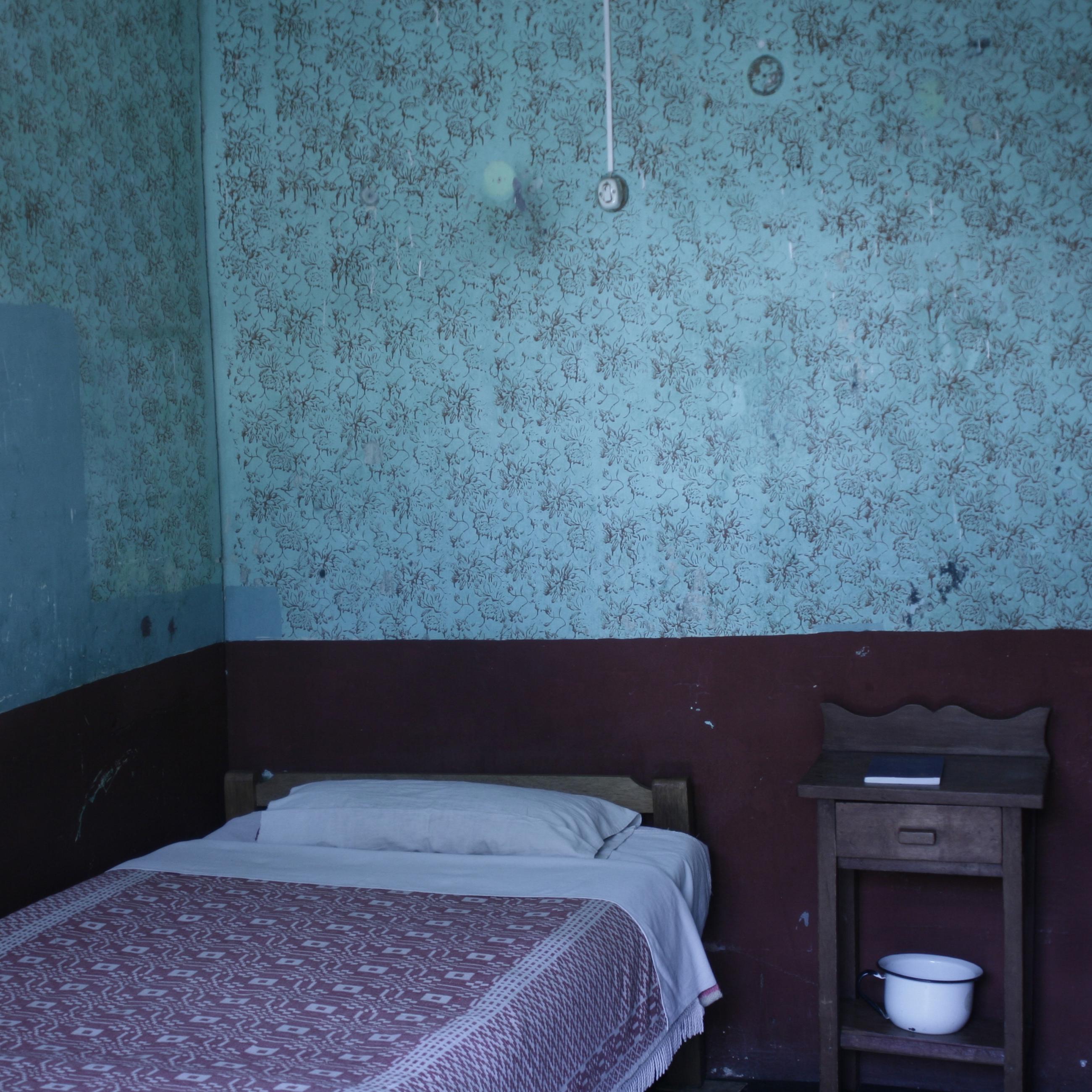
La Oroya is located in the central region of Peru, at an altitude of around 3,750 metres above sea level. Pollution from the city’s copper mine and smelting plant has not only directly impacted the health of its residents, but heavy metal contamination in the Mantaro River has also affected local agriculture and fishing. Over the years, many of La Oroya’s residents have decided to migrate from the city to escape the pollution.
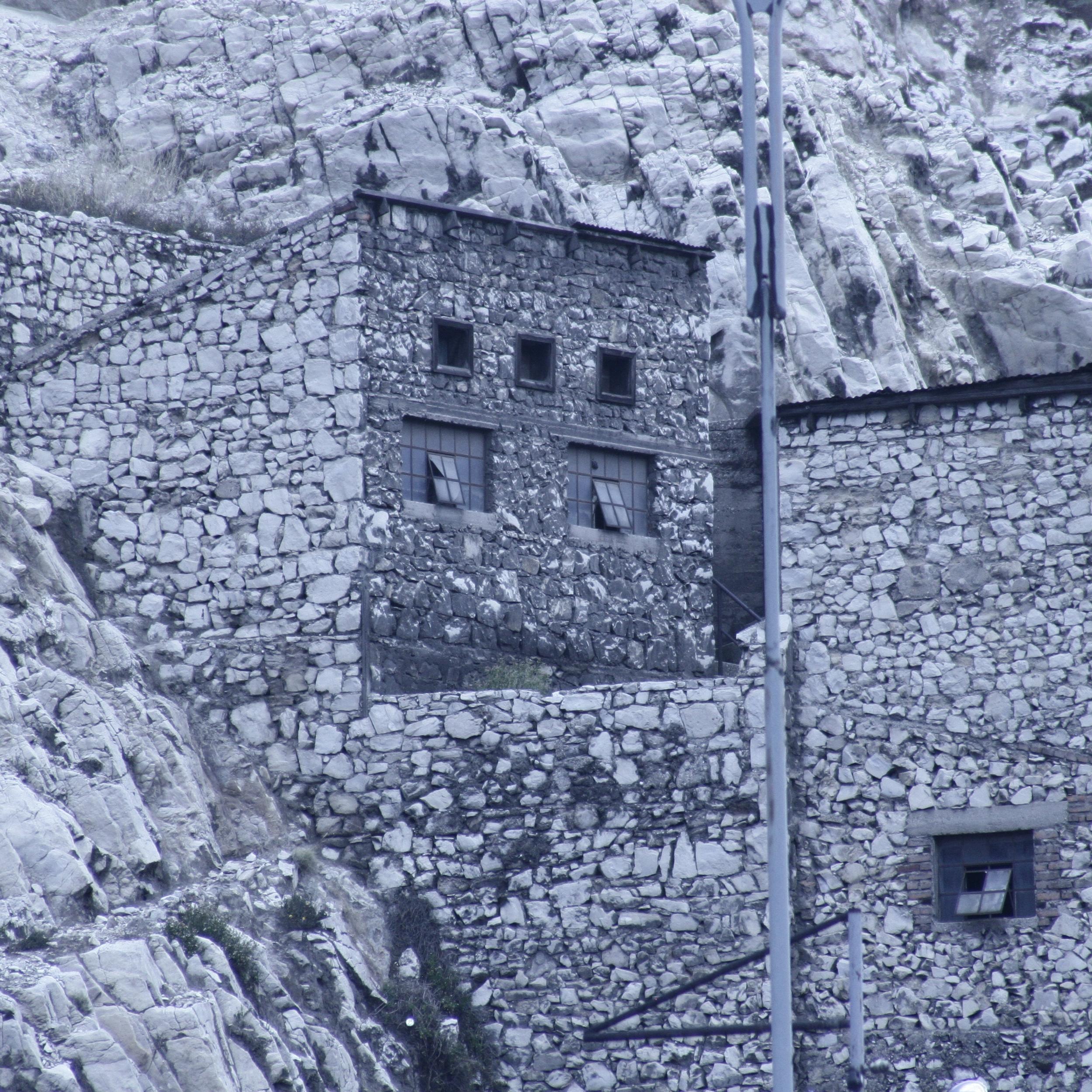
La Oroya is located in the central region of Peru, at an altitude of around 3,750 metres above sea level. Pollution from the city’s copper mine and smelting plant has not only directly impacted the health of its residents, but heavy metal contamination in the Mantaro River has also affected local agriculture and fishing. Over the years, many of La Oroya’s residents have decided to migrate from the city to escape the pollution.

La Oroya is located in the central region of Peru, at an altitude of around 3,750 metres above sea level. Pollution from the city’s copper mine and smelting plant has not only directly impacted the health of its residents, but heavy metal contamination in the Mantaro River has also affected local agriculture and fishing. Over the years, many of La Oroya’s residents have decided to migrate from the city to escape the pollution.

